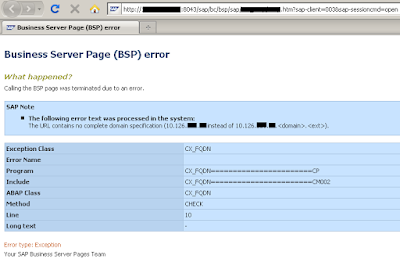Asset Accounting (FI-AA)
Asset Accounting (FI-AA)
Asset Accounting (FI-AA) is a component of the SAP Financial Accounting (FI) module that focuses on managing fixed assets within an organization. It enables the organization to track and manage its assets throughout their entire lifecycle, from acquisition to retirement.
Key features and functionalities of the Asset Accounting (FI-AA) module include:
1. Asset Master Data Management: FI-AA allows the creation and maintenance of asset master data, which includes information about fixed assets such as descriptions, acquisition values, useful life, depreciation methods, and other relevant details. This data is used for accurate tracking and recording of asset transactions.
2. Asset Acquisition: The module supports the recording and management of asset acquisitions. It includes functionalities for posting asset acquisitions, including purchase of new assets, capitalization of internally produced assets, asset transfers, and asset valuation adjustments.
3. Depreciation Calculation: FI-AA provides functionalities for calculating and posting depreciation for assets based on predefined depreciation keys and methods. It supports various depreciation methods such as straight-line, declining balance, and units of production. Depreciation calculations can be performed monthly, annually, or on a customized schedule.
4. Asset Retirement: The module handles the retirement or disposal of assets. It includes functionalities for asset scrapping, asset sales, asset transfers, and the calculation of gain or loss on asset disposals. Retirement transactions ensure the proper accounting treatment and removal of assets from the system.
5. Asset Valuation: FI-AA enables the valuation of assets, including periodic revaluation and impairment assessments. It allows organizations to adjust the valuation of assets based on changes in market values, fair values, or impairment indicators.
6. Asset History and Tracking: The module maintains a detailed history of asset transactions and changes, providing a comprehensive audit trail. It allows users to view and analyze asset history, including acquisition details, depreciation postings, retirements, transfers, and other asset-related activities.
7. Period-End Closing: FI-AA provides functionalities for period-end and year-end closing processes. It includes tasks such as depreciation run, asset value adjustment, asset balance carry-forward, and reporting for financial statements and tax purposes.
8. Reporting and Analytics: FI-AA offers a range of reporting tools and analytics to provide insights into asset-related financial data. It includes standard reports, such as asset balance reports, depreciation reports, and asset transaction lists, as well as ad hoc reporting capabilities for customized analysis.
9. Integration with Other Modules: FI-AA integrates with other SAP modules, such as General Ledger Accounting (FI-GL) and Materials Management (MM), to ensure seamless data flow and process integration. This integration enables accurate and up-to-date financial reporting and analysis.
By utilizing the Asset Accounting (FI-AA) module, organizations can effectively manage their fixed assets, track asset values and depreciation, comply with accounting standards, and have better control over their asset-related financial processes.

Comments
Post a Comment